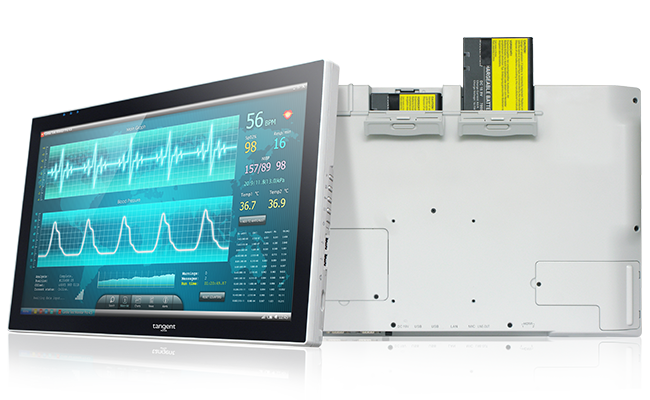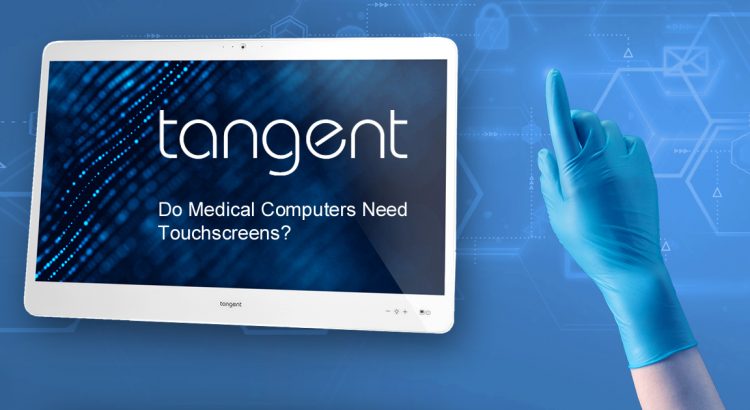When people refer to their “phone” these days, it’s more than likely they mean their “smartphone.” Smartphones have become ubiquitous in our society, and are becoming increasingly necessary for everyday life. But what caused these smartphones to take over their older cousins? One of the defining features that played a large role is the humble touchscreen. Touchscreens have become a must-have for phones for the ease of use they create. As the adoption of smartphones and even tablets into the workplace have shown, touchscreens play an important role in the evolution of technology and how we use it. But what about their use in the medical field, do medical computers need touchscreens?
Why Medical Computers Need Touchscreens
Medical computers work perfectly in the medical setting. As such, we can broaden this question out a bit more and consider whether computers need touchscreens. On a smartphone, touchscreens allow for a style of control that mouses and keyboards lack: gestures.
A gesture refers to the ways in which your touch(es) can be interpreted by a touchscreen enabled phone, tablet, or computer. For instance, you’ve probably “pinched” your phone’s screen before to zoom out on a photo — that’s a type of gesture. Standard computers are also capable of zooming out on a photo, but often have dedicated buttons or keyboard shortcuts to make these functions happen. With touchscreen computers, these gestures come across as second nature to end users. Because they are routinely using touchscreens on their phones in their daily lives, the shortcuts encapsulated in their gestures come as natural.
In a literal sense, no, medical computers do not NEED touchscreens. However, when taking into consideration ease of use, efficiency and practicality, the need for touchscreen medical computers is compelling.
With touchscreen computers, staff are able to interact with computers in a much more intuitive fashion than they could do with mouse and keyboard shortcuts. This can lead to increased staff productivity.
Versatility

Touchscreens are completely optional, there are no drawbacks to the user experience with the inclusion of one on a medical computer. Medical computers with touchscreens like the Medix T22B are completely capable of being used with a mouse and keyboard. Users who may be less inclined to use touchscreens can treat the screen just like any other monitor. Staff will fall into a mix of using both the touchscreen and their mouse and keyboard fluidly to accomplish tasks. Computers with touchscreens allow doctors and nurses to quickly zoom in on data or pick information cells in EHR software with just a tap.
Stay Progressive with Your Medical Equipment Selection
Gen Z is hitting the workforce in increasing numbers, taking their intimate knowledge of smartphones and computers with them. By selecting medical computers with touchscreens for your hospital, you are helping improve the way your medical staff can perform their job. For more information, contact Tangent Sales today.
